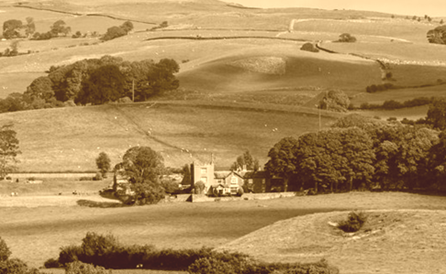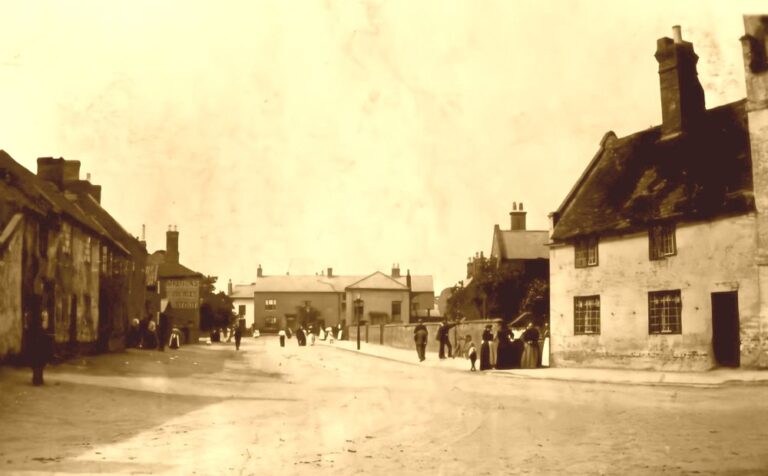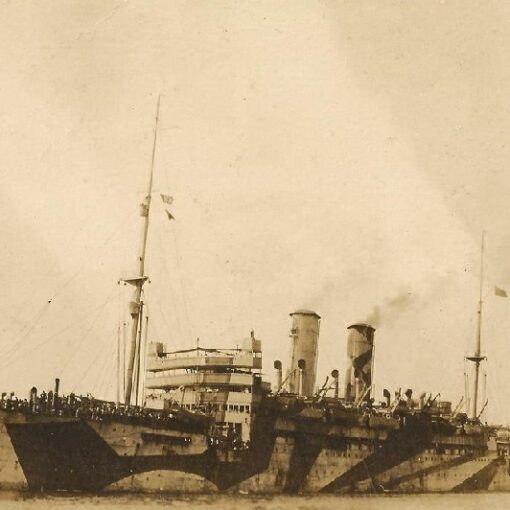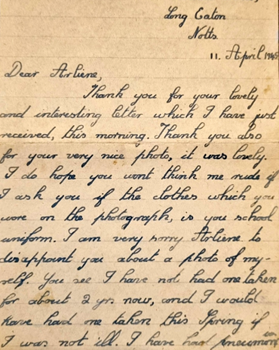On the evening of 31 Oct 1846, a 28-year-old man called Thomas Mullins was travelling from Derby to Nottingham in a third class carriage. He worked as a footman for the Reverend Curzon of Aston on Trent. At some point he realised he’d caught the wrong train, heading for Leicester. As the train slowed down at the old Sawley Station he jumped out, rolled over and one of his legs was run over by 3 carriages. He was taken by train to Nottingham Infirmary (now City Hospital) but died a few hours later.

The inquest heard from John Bailey of Sawley who was a Midland Railway gate (level crossing) keeper on the Sawley-Breaston road and about 19 years old. One of his duties was to deal with trains which stopped there after 7pm. The evening Leicester train did not routinely stop at Sawley, but Bailey used a red light to signal for it to slow down as he had a parcel to give the guard. It slowed to about 2½ mph as he handed over the parcel and confirmed to the guard that no passengers needed to get on. As the train began to accelerate out of the station, he saw a man jump out of a third-class carriage and roll on to the track.
Bailey called the stationmaster, and they put the injured man on a sofa and carried him into the waiting room. When the Nottingham train came about 10 minutes later, he was put into a first-class carriage and sent to the infirmary.
Miss Eleanor Robinson of Sawley also saw the man jump. She couldn’t say how he ended up across the rails, but she was sure he’d opened the carriage doors himself.

The guard of the Leicester train said the third-class carriage was nearly full. He was not aware of the accident until the next day.
The Infirmary surgeon said the patient was severely injured and hardly breathing when he arrived. He put him on a sofa in front of the surgery fire to warm up. He was then able to speak and was perfectly sober, but died later from shock and loss of blood.
John Bailey, the crossing keeper who’d witnessed the accident in 1846, married Eliza Turner from Sawley the following year. In 1851 they were living in Church Street, Sawley and he’d become a railway policeman.
Things then seemed to start going wrong. In 1861 they were lodging with his parents in Church Street and John was a railway labourer. The following year John ran off with a woman from Breaston.
By 1869 John was calling himself John Vernon and living in Calverley – between Bradford and Leeds – with ‘Elizabeth Vernon’.
Elizabeth had been born in Northamptonshire as Elizabeth Johnson Vernon Bates. She had married George Hurst in Leicester in 1856. But George was imprisoned later that year and died in Rutland lunatic asylum in 1872. In 1861 Elizabeth Hurst and her daughter Louisa were living with her brother (John Johnson Vernon Bates) at the Navigation Inn in Breaston, where he was the landlord. He was declared bankrupt in 1865.
In 1871 John and Elizabeth ‘Vernon’ had 3 children with them. The younger children – Flora and Vincent Vernon were presumably John’s (his father was also called Vincent). The older daughter (Louisa) died in Calverley later that year. John worked as a gardener and ostler at the Thornhill Arms. He also did gardening for local gentlemen, including Mr Yewdall of Calverley Grange. When Yewdall found that John was a good shot, he took him on full time as a gamekeeper (John’s father’s occupation).
Yewdall then rented some shooting at Casterton, near Kirkby Lonsdale and took John and Elizabeth there with him, as gamekeeper and housekeeper respectively. In 1878 their daughter Flora died at Casterton Training School (the Bronte sisters had been at the school in the 1820s). It’s not clear what happened to their son Vincent.

In 1881 John and Elizabeth Vernon were living back at Calverley where he was still a gamekeeper.
From1886 Mr Yewdall rented Lupton Tower, a large house near Kirkby Lonsdale, and set up John and Elizabeth in a cottage on the estate. This must have suited John as questions about his background were being asked in Calverley. Elizabeth died at Lupton the next year.
There was a dispute with Elizabeth’s family about money. In September 1888 one of Elizabeth’s sisters and her husband, William Atkinson, travelled up from Stratford, East London, apparently to retrieve Elizabeth’s clothes. A Mrs Bates from Sheffield (presumably Elizabeth’s mother or sister-in-law) joined them. They waited at the cottage near Lupton Tower until John and his employer came back from a day’s shooting. The discussion became heated, and John apparently threatened to shoot them unless they left, apologising to his employer for the trouble. One of the men produced a revolver and there was a long struggle before John grabbed his double-barrelled shotgun and shot Atkinson dead, before shooting himself. The story of the murder/suicide at Lupton Tower appeared in newspapers across the country.

John’s estate went to the wife he’d abandoned a quarter of century before.
Eliza Bailey had stayed in Sawley, supporting herself by dressmaking. She had lived in Cross Street and then Church Street. She died in 1895.




